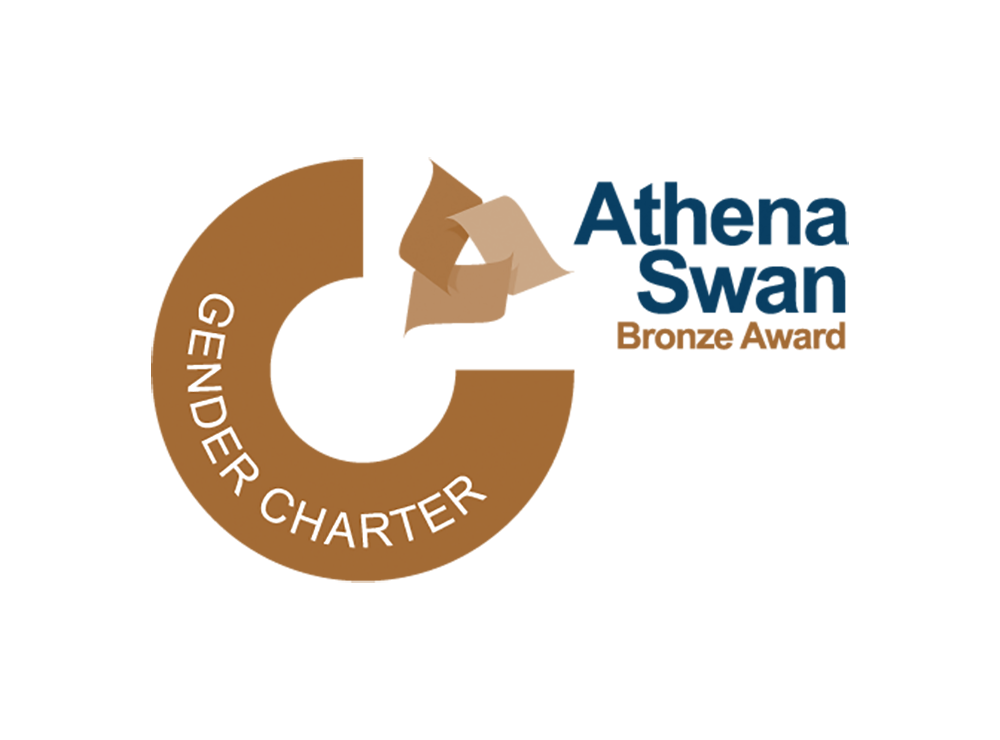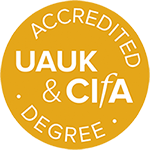Current filters applied:
- (-) Remove Medieval filter Medieval
- (-) Remove Current Projects filter Current Projects
- (-) Remove Archived Projects filter Archived Projects
Displaying 21 projects
The archaeology of Sub-Saharan Africa is rapidly gaining momentum, thanks to renewed efforts to decolonise and empower indigenous narratives of agency and creativity that have been bolstered further by the increasing application of scientific methods. However, important challenges remain. One is...
This project aims to study the crucibles and finished metal objects recently recovered from the Great Zimbabwe World Heritage site, using techniques from earth and materials sciences.
The aim of the ERC project Beasts to Craft (B2C) is to document the biological and craft records in parchment in order to reveal the entangled histories of improvement and parchment production in Europe from 500-1900 AD.
Research into global connections, which formed the basis for the spread of objects, ideas, innovations, religions and empires, continues to fundamentally shape our understanding of the development of contemporary society. While the historiography of global connections is dominated by a European...
The project will research how archaeological and palaeoecological narratives of past land management and climate change adaptation can shape sustainable farming, regenerative agriculture, and rewilding strategies in the Cambridgeshire Fenlands. The nationally important agricultural area is...
This archaeology-led initiative focuses on the East Anglian Fens, an extraordinary landscape where exceptional preservation of organic artefacts and environmental evidence gives unparalleled insights into the last 5,000 years of communities, resources and habitats. The Fens are the richest and most...
The last decades have witnessed marked achievements of STEM in understanding the remains of humans, animals, and plants from the past by analyzing different materials, both inorganic and organic. These developments have opened-up the great potential for increasing our understanding of cultural...
The Kani Shaie Archaeological Project is a collaboration between the University of Cambridge, the University of Coimbra (Portugal), and the Sulaymaniyah Directorate of Antiquities. Since 2013, the project organises excavations at the site of Kani Shaie near the town of Bazyan in Sulaymaniyah...
Taking as its starting point the radically new perspective offered by recent archaeological discoveries at Rendlesham in SE Suffolk, and with the East Anglian kingdom as the primary case study, this interdisciplinary project (running 2017-2020) aims to establish a new understanding of pathways to...
Image: Ancient pastoralist settlement viewed from the air, Amboseli, Kenya. Photo: P. Lane. Mapping Africa's – Endangered Archaeological Sites and Monuments (maeasam.org) project aims to identify and document endangered archaeological heritage sites across Africa using a combination of remote...
The Mapping Archaeological Heritage in South Asia ( MAHSA ) project, now in its Phase 2, will continue to document the endangered archaeology and cultural heritage of the Indus River Basin and the surrounding areas and publish this information in an Open Access Arches geospatial database. Over the...
Quantitative meta-analysis of f ish bones recovered from archaeological excavations with the aim of tracing human use of marine resources over the last 2000 years.
During the medieval and renaissance periods, the Low Countries were a key region for trade, international finance, and the arts. Cities such as Bruges, Ghent, Brussels, Amsterdam and Leiden developed large populations, and with high population comes the problems of sanitation. Medieval populations...
Despite a long history of intensive landscape-oriented archaeological research in the Aegean, most primary fieldwork has been concentrated in mainland Greece and a few Aegean islands. By contrast, the eastern side of the Aegean has received far less attention, with local methods and research...
As part of the international campaign to salvage sites threatened by construction of the second Aswan High Dam in southern Egypt, coordinated by UNESCO, researchers from Sweden, Norway, Denmark and Finland collaborated on a series of archaeological campaigns between 1960 and 1964. Known as the...
The Rising from the Depths Network aims to identify ways in which the marine and maritime cultural heritage of Kenya, Tanzania, Mozambique and Madagascar can be used to benefit coastal communities in these countries. Many of these communities are among the poorest in the region and are especially...
SILKGLASS is a Horizon Europe MSCA-PF fellowship funded by UKRI and hosted by the McDonald Institute for Archaeological Research, University of Cambridge. Central Asia is traditionally seen as a passive Silk Roads throughway rather than an active and creative node. SILKGLASS seeks to investigate...
Igbo-Ukwu is a famous archaeological site in southeastern Nigeria. Excavated by Professor Thurstan Shaw in the 1960s, the site was settled over a thousand years ago. The materials from the site were unlike anything yet found in West Africa at the time. This discovery brought to our consciousness...
Water availability, management and use are crucial factors when it comes to maintaining modern populations in the arid and semi-arid environments that dominate much of India. Today, large parts of India are intensively farmed, and the large-scale mono-cropping of water intensive crops like winter (...
Cambridge is home to world-leading researchers across archaeological science, technical art history and heritage science, based at Department of Archaeology, the Fitzwilliam Museum, and the Hamilton Kerr Institute, among others. There are multiple synergies across these institutions in terms of...
Identifying and investigating sites of probable Bronze Age, Iron Age, Roman, and Saxon date in the hinterland of Canterbury.


